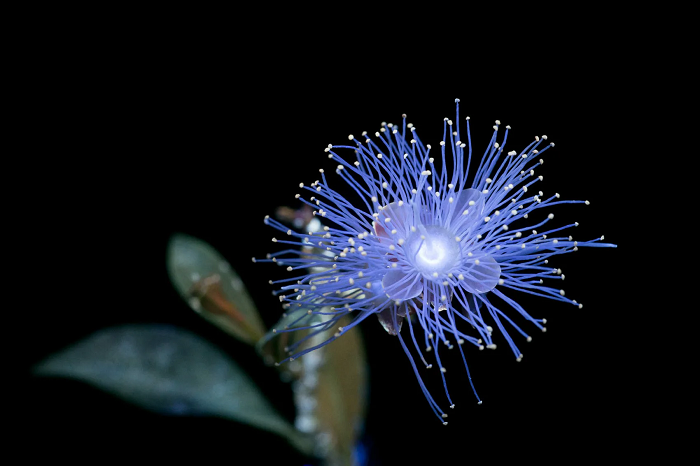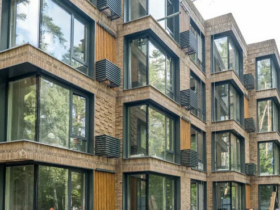One day, plants will be able to replace some types of electric lighting. The place of the table lamp will be taken by the light of a houseplant, and the path near the house will be illuminated by a bush or tree. The first step towards this has already been taken.
Advanced biodesign of lighting systems
Nanobionics is a new research field designed to give plants new capabilities by introducing different types of nanoparticles into them. The goal is to create plant objects that can take on many of the functions currently performed by electrical devices.
Researchers have already developed plant systems that can detect explosives and transmit this information to a smartphone, as well as plants that can monitor drought conditions. Lighting, which accounts for about 20% of global energy consumption, appeared to be a logical next target.
The idea itself, in general, is not new – scientists have been trying for a long time to reproduce in practice the conditions for a glow that imitates the biological fluorescence of fireflies. However, technological progress has only made it possible to do something similar now.
To create glowing plants, the team turned to luciferase, the enzyme that gives fireflies their abilities. The plants are dipped in a special solution, allowing particles to enter the leaves through tiny pores. Nanoparticles help the component get to the correct part of the plant and prevent it from reaching concentrations that could be toxic to them. This method is considered environmentally friendly, in contrast to developments to create light-emitting genetically modified plants. In addition, that method turned out to be more labor-intensive and produced extremely dim light.





